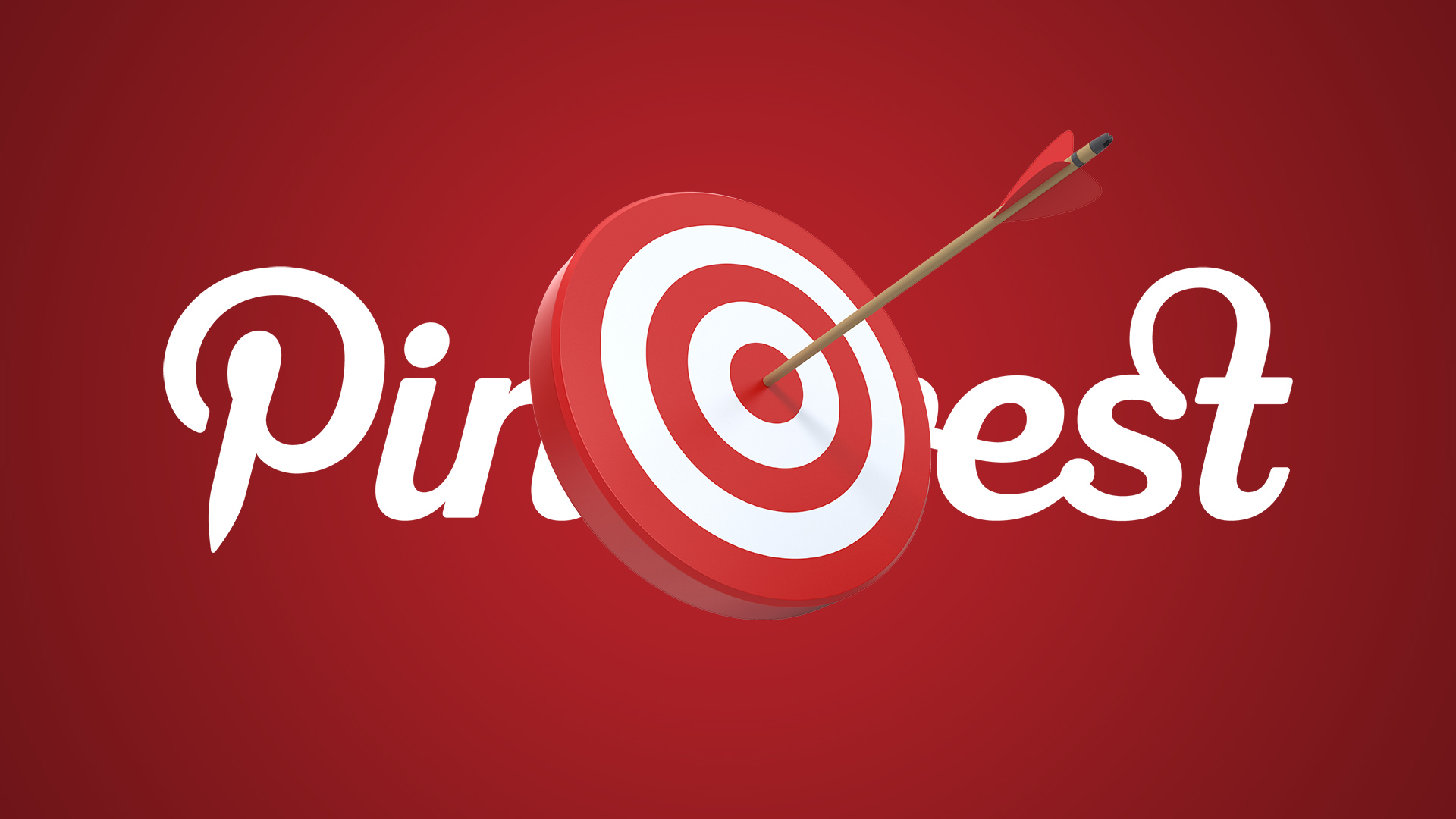Finding the perfect bottle of wine to match that special meal, enhance the food flavour and make a lasting impression on guests, friends or loved one is often the motivation for buying the right bottle of wine. Buying what you know, quickly at the best price to be paid for online and delivered isn’t always what is needed. The best place to start isn’t always the internet is it?
Your local wine cellar offers free advice. They understand pairing wine with food and as they are usually family owned and operated by passionate wine lovers, their advice comes with experience. Wine cellars are in most Australian suburbs and like all small businesses, the owners take great pride in tasting their wines before buying, writing tasting notes for you to read while browsing the shelves and give helpful advice to match the wine with your special occasion.
Developing the Cellars website involved using the Google Maps API in a sophisticated way to ensure that visitors to the website have both search and visual ways to find information across the directory. Latitude & Longitude co-ordinates of each suburb and postcode are included in the database, maximising the accuracy of results when users are searching for a local cellar on their mobile phone. Together with our web developers SEO experience of providing the keyword architecture, this hyper local online directory of over 3,000 cellars ranks highly in Google for thousands of suburb cellar listing keyword phrases.
Every cellar page listing allows users to find name, address, phone number, opening hours and most importantly the map location and driving directions at a click of a button. That’s the most essential part of finding a local wine cellar when navigating on a mobile device.
Oh and just remember that you don’t have to spend thousands of dollars creating a logo. This logo was created in PowerPoint using a standard font and reverse out black background.



